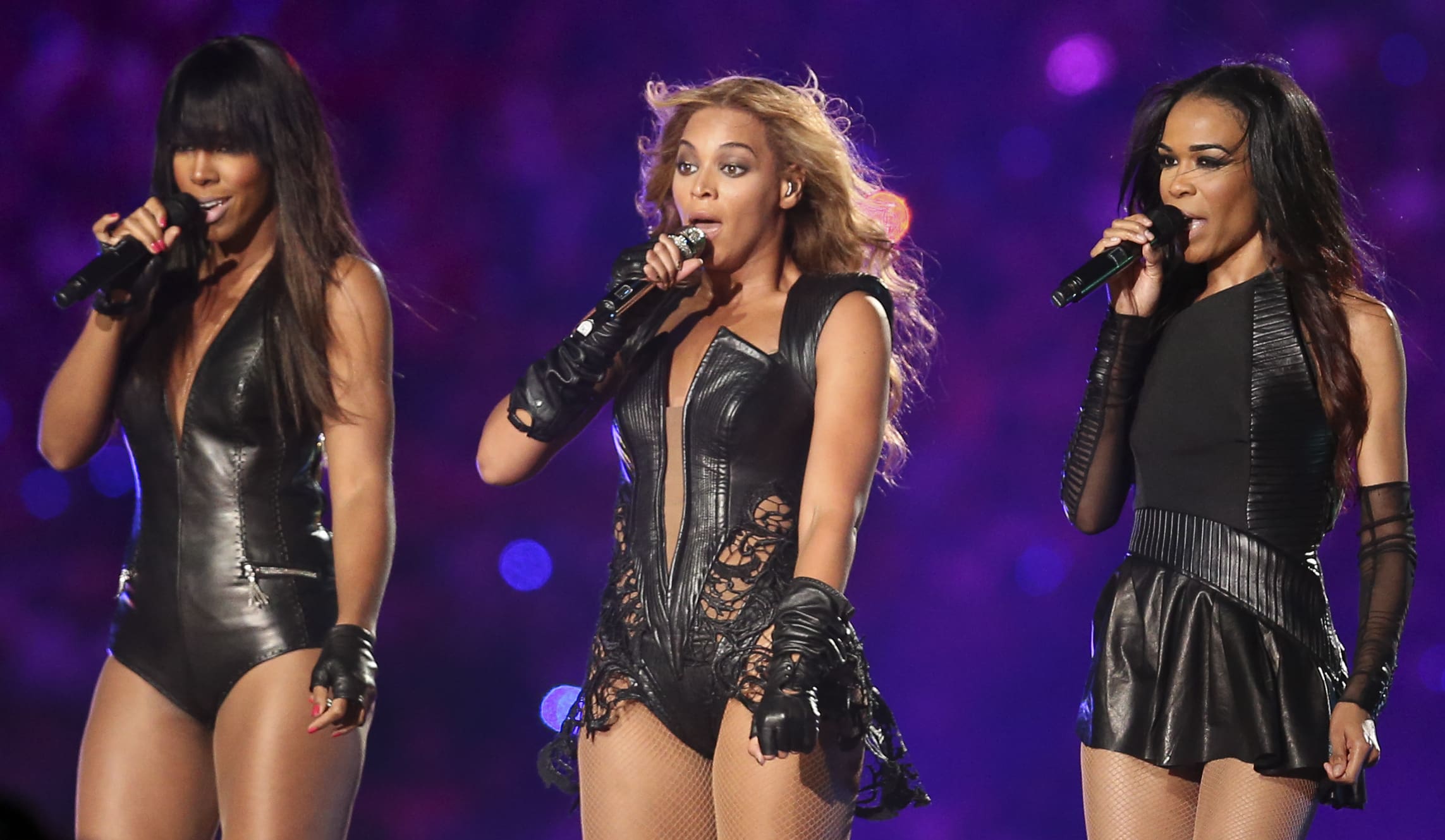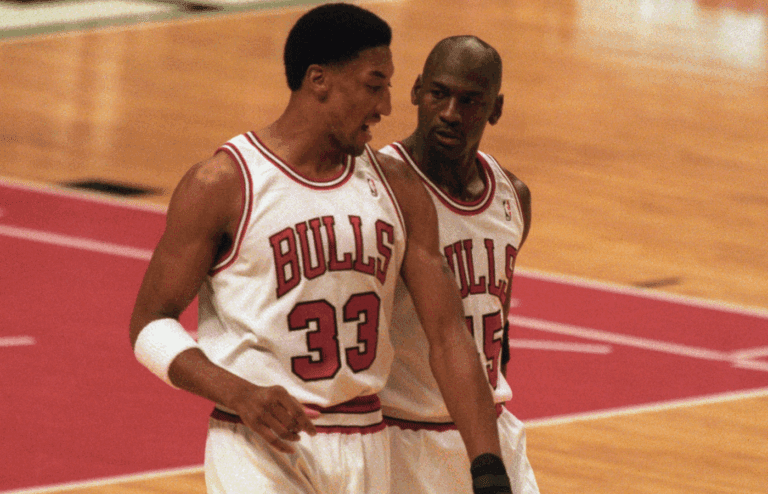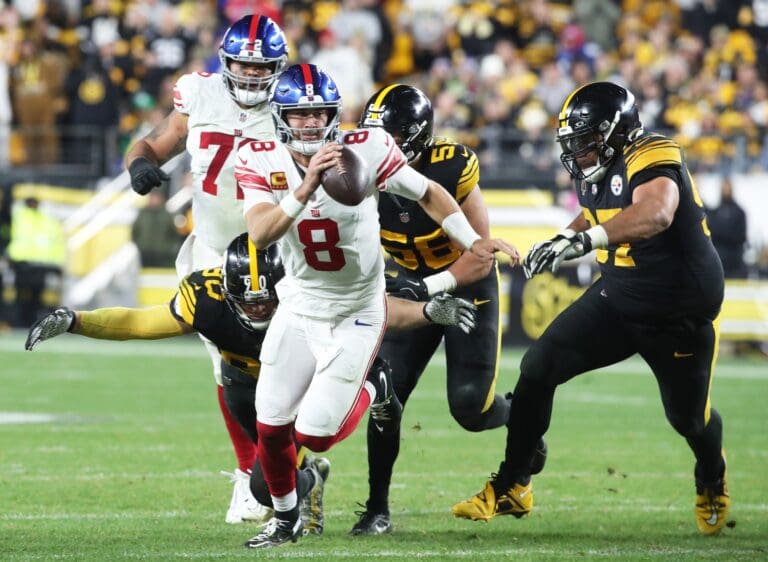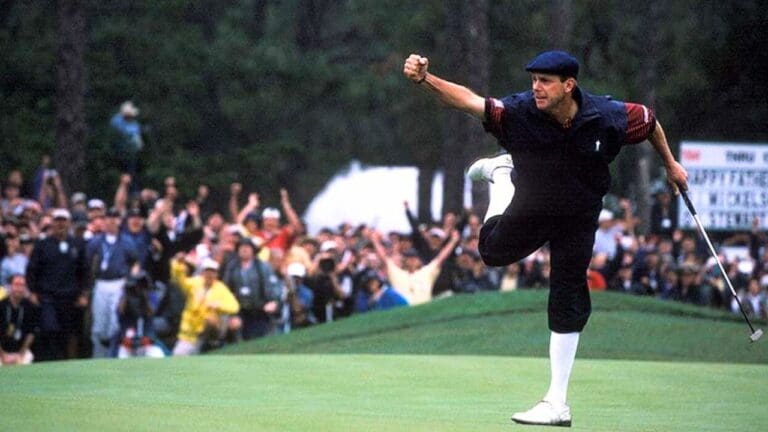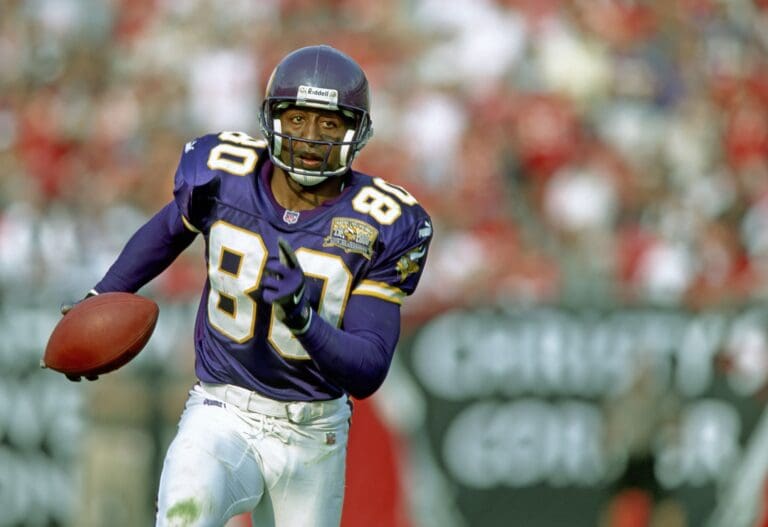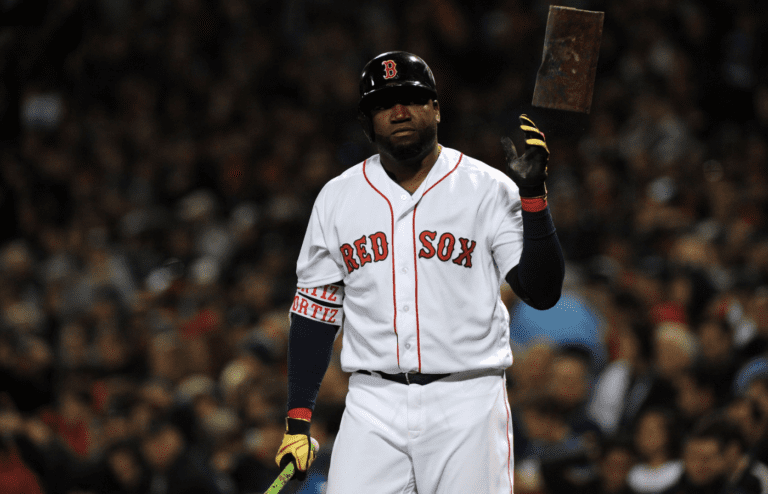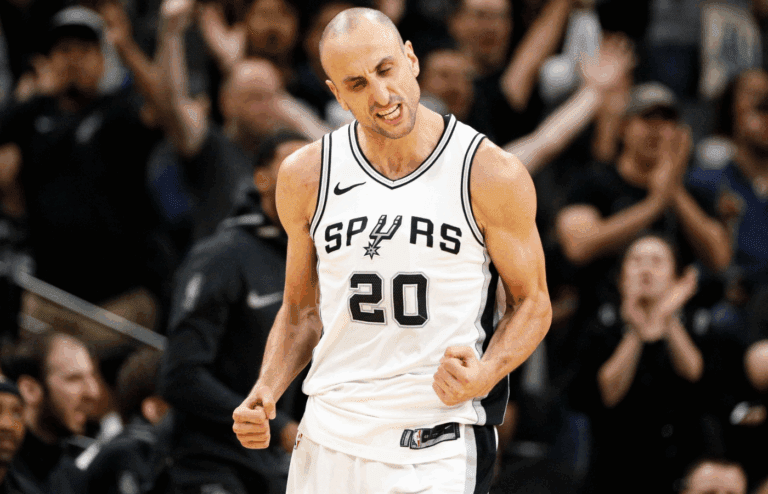The Super Bowl halftime show has come a long way from its humble beginnings. What started as a simple showcase of marching bands and college talent has exploded into a must-see spectacle, often rivaling the game itself in excitement. Over the years, the show has evolved with the times, shifting from patriotic performances to star-studded productions that blend music, pop culture, and cutting-edge visuals.
Each performance reflects the changing tastes of audiences and the ever-growing influence of entertainment on sports, making the halftime show a cultural phenomenon in its own right. If you are watching mainly for the half-time show, here’s what you need to know to keep up with the game!
The Early Years: Marching Bands and Patriotic Displays (1967-1980s)
When the Super Bowl kicked off in 1967, the halftime show was a far cry from today’s star-studded extravaganzas. The first performance featured university marching bands, setting a tone that would last for over a decade. These early shows were simple affairs, focusing on patriotic themes and traditional American entertainment. The University of Arizona and Grambling State University bands took center stage in that inaugural event, playing classic tunes and forming intricate formations on the field.
As the years went by, the NFL began to experiment with the format, adding elements like drill teams, baton twirlers, and even local talent to spice things up. By the late 1970s and early 1980s, performances started to include more diverse acts, such as the vocal group Up with People, who made multiple Super Bowl appearances. These shows were designed primarily to entertain the stadium crowd rather than TV viewers, reflecting the Super Bowl’s more modest beginnings.
The Transition Era: Pop Culture Takes Center Stage (1990s)
The 1990s marked a turning point for Super Bowl halftime shows, as the NFL realized they needed to up their game to keep viewers tuned in. This shift began with the 1993 performance by Michael Jackson, which set a new standard for the spectacle. Jackson’s electrifying show, featuring hit songs and elaborate staging, captivated audiences and boosted ratings.
Following his success, the NFL continued to book major pop stars like Diana Ross, Boyz II Men, and Gloria Estefan. These performances introduced more complex choreography, special effects, and pyrotechnics, transforming the halftime show into a must-see event. By the end of the decade, the halftime show had become a cultural phenomenon, attracting viewers who might not have otherwise tuned in for the game itself.
Spectacle and Controversy: Defining Moments in Halftime History (2000s-2010s)
The 2000s and 2010s saw Super Bowl halftime shows transform into massive spectacles. In 2004, the infamous “Nipplegate” incident with Janet Jackson and Justin Timberlake sparked nationwide controversy. This led to a shift towards safer, classic rock acts for several years. The tide turned again in 2011 when the Black Eyed Peas brought pop music back to center stage.
Beyoncé’s electrifying 2013 performance, complete with a Destiny’s Child reunion, set a new standard for halftime entertainment. Lady Gaga’s high-flying entrance in 2017 became an instant viral moment. The 2010s also saw the rise of elaborate stage designs and cutting-edge technology, like the use of drones in Katy Perry’s 2015 show. These years cemented the halftime show’s status as a cultural phenomenon, often drawing more viewers than the game itself.
Modern Extravaganza: Hip-Hop, R&B, and the Future of Halftime Shows (2020s and Beyond)
The 2020s have ushered in a new era for Super Bowl halftime shows, with hip-hop and R&B taking center stage. In 2022, a star-studded lineup featuring Dr. Dre, Snoop Dogg, Eminem, Mary J. Blige, and Kendrick Lamar made history as the first show centered entirely around hip-hop. This groundbreaking performance won three Emmy Awards, setting a new standard for halftime entertainment.
The following year, Rihanna’s show garnered massive viewership and critical acclaim, earning five Emmy nominations. Looking ahead to 2025, Kendrick Lamar is set to headline the halftime show, joined by SZA, promising another unforgettable spectacle. These recent performances showcase the NFL’s commitment to diverse musical genres and cultural representation, reflecting the evolving tastes of its audience and solidifying the halftime show’s status as a must-watch event.
As the Super Bowl halftime show continues to transform, it remains a vital barometer of popular culture, showcasing not only the top musical acts of the time but also reflecting broader societal shifts. With each passing year promising new and diverse performances, the show is poised to push boundaries and captivate audiences across the globe. As we look to future shows, it’s clear that the halftime spectacle will continue to evolve, embracing diverse genres and innovative technology, solidifying its place as not just a break in the action, but a defining highlight of the Super Bowl experience.

